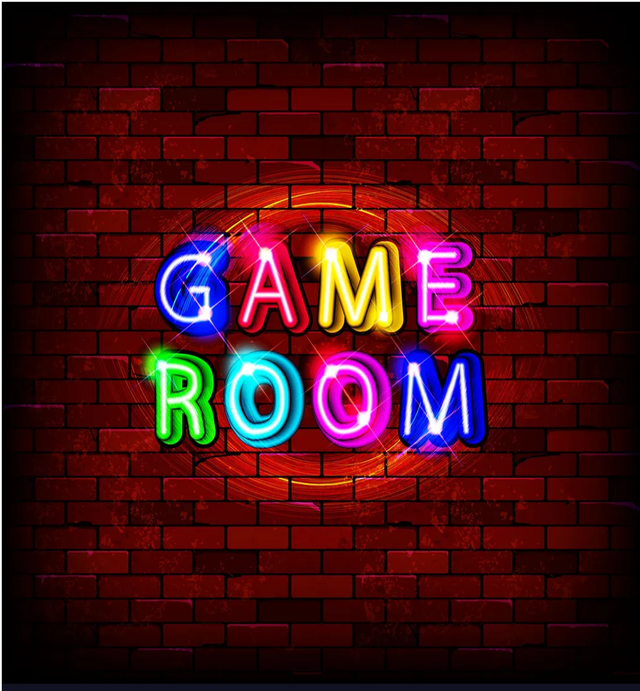
A game is a systematic kind of play that is typically done for enjoyment or fun, though it can also be used as a teaching tool.
Games are different from work, which is usually carried out for remuneration, and from art, which is more often an expression of aesthetic or ideological elements. However, the distinction is not clear-cut, and many games are also considered to be a work of art.
Games are sometimes played purely for enjoyment, sometimes for achievement or reward as well.
They can be played by beginners or pros and can be played solo, in groups, or online. Non-players may be present in the audience, as when spectators enjoy watching a chess competition.
On the other hand, players in a game may constitute their own audience as they take their turn to play.
Determining who belongs in the audience and who is a player in a game is sometimes a fun activity for kids. A game is not the same as a toy.Toys generally allow for unrestricted play, whereas games come with present rules.
Goals, rules, challenge, and engagement are essential elements of games. Games typically combine both mental and physical stimulus. Many games promote the growth of practical skills, provide exercise, or fulfill other educational, situational, or psychological functions.
Games have been a part of human existence since 2600 BC and are found in all civilizations. The Royal Game of Ur, Usenet, and Mancala are some of the oldest known games.
Definitions
Ludwig Wittgenstein
Probably the first academic philosopher to discuss the definition of the word game was Ludwig Wittgenstein. Wittgenstein claimed in his Philosophical Investigations that play, rules, and competition are insufficient to accurately characterize what games are. Wittgenstein deduced from this that people refer to a variety of different human activities that only have what may be called family resemblances as games. The game definitions that follow demonstrate that this judgment was not definitive. Today, many philosophers, like Thomas Hurka, believe that Wittgenstein was mistaken and that Bernard Suits' definition is a sound solution to the issue. Rodrigo Caillès
French sociologist Roger Caillois, in his book Les jeux et Les homes, defined a game as an activity that must have the following characteristics
The exercise was selected because it is enjoyable and lighthearted.
It is confined to an ambiguous time and location: The activity's outcome is unpredictable.
: participation does not accomplish anything useful
governed by rules: the activity has rules that are different from everyday life
Non-productive: involvement yields no helpful results limited by rules: the activity is guided by rules that differ from those in daily life
It is accompanied by the consciousness of another reality, making it fictional.
Bryan Crawford
Chris Crawford, a game designer, gave a computer-related definition of the phrase. Using a succession of binary oppositions:
If done for the sake of beauty alone, creative expression is art; if done for financial gain, it is entertainment.
An interactive piece of entertainment qualifies as a toy. Examples of non-interactive entertainment are movies and books.
A plaything is a toy if it has no intended use. The Sims and SimCity are toys, not games. (However, a toy can turn into a game element if the player makes up the rules.) If it has objectives.
